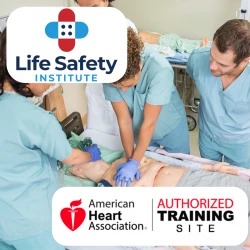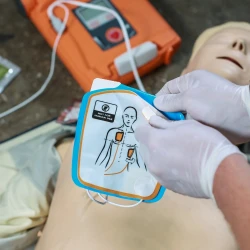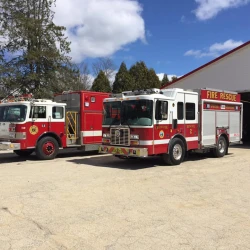Becoming an Emergency Medical Technician (EMT) is a commitment to serving communities in their most dire moments of need. When accidents, emergencies, or health crises arise, EMTs are often the first on the scene to provide urgent medical care. The journey to become an EMT starts with comprehensive training that prepares individuals to handle these high-pressure situations with skill, knowledge, and compassion. In this guide, we delve deep into the intricacies of EMT training, exploring its various facets.
Understanding the Role of an EMT
Before exploring the nuances of EMT training, it's crucial to understand the multifaceted role of an EMT:
- First Responders: EMTs are often the first medical professionals to arrive at an emergency scene, making rapid assessments and decisions.
- Medical Care: They provide initial medical care, stabilize patients, and sometimes perform life-saving procedures.
- Communication: EMTs collaborate and communicate with other healthcare professionals, ensuring that patients receive continued care.
- Documentation: They record patient information, which becomes an essential part of the medical record.
The Importance of EMT Training
EMT training is not just a preparatory step but the foundation upon which the entire EMT profession rests. Here's why it's pivotal:
1. Knowledge Building
EMT training provides students with a robust understanding of medical terminologies, human anatomy, and emergency protocols. This knowledge is the backbone of their on-field operations.
2. Skill Acquisition
Beyond theoretical knowledge, EMT training equips students with practical skills. From CPR to wound management and emergency childbirth, trainees learn a wide range of procedures.
3. Scenario Simulations
Real-world simulations in EMT training prepare students for the unpredictability of emergencies. They learn to make rapid decisions in high-stress situations.
4. Ethical Grounding
EMTs often face moral and ethical dilemmas. Training provides a foundation, guiding them on maintaining patient confidentiality, understanding consent, and more.
Components of EMT Training
A standard EMT training program can be divided into various components:
1. Classroom Learning
This is where students delve into the theoretical aspects, understanding medical concepts, patient assessment procedures, trauma care, and more.
2. Practical Labs
Labs offer hands-on experience. Trainees practice procedures such as intubation, splinting, and resuscitation in controlled environments.
3. Clinical Rotations
Here, students are placed in real medical settings, like hospitals or ambulance services, offering a genuine taste of an EMT's life.
4. Field Internships
EMT trainees shadow experienced EMTs in real-world situations, responding to actual emergency calls and implementing their training.
Levels of EMT Training
EMT training isn't one-size-fits-all. There are different levels, each with increasing complexity and responsibility:
1. EMT-Basic
This foundational level covers basics like patient assessment, handling emergencies, and using emergency equipment.
2. Advanced EMT (AEMT)
AEMTs receive more in-depth training, learning advanced skills like intravenous therapy and using advanced airway devices.
3. Paramedic
The most advanced level, paramedic training includes advanced medical skills, pharmacology, and even minor surgical procedures.
Certification and Beyond
Post-training, there's the certification phase. The National Registry of Emergency Medical Technicians (NREMT) exam is a commonly accepted certification, but requirements can vary by state. Regular recertification is also essential, ensuring EMTs stay updated with medical advancements.
The Cost of EMT Training
EMT training costs can vary based on location, institution, and the depth of the program. It's essential to factor in not just tuition, but also costs for equipment, books, and certification exams.
Choosing the Right EMT Training Program
Selecting the right institution for EMT training is pivotal. Prospective students should consider:
- Accreditation: Ensure the program is accredited by relevant authorities.
- Curriculum: Does the program offer comprehensive training, including clinical rotations and field internships?
- Instructors: Experienced instructors can provide invaluable insights from their time in the field.
- Facilities: Modern training equipment and facilities can make a significant difference in the quality of education.
- Placement: Some institutions offer job placement services, guiding students into their first EMT roles.
Career Opportunities Post EMT Training
Once certified, EMTs have a plethora of job opportunities. Apart from traditional roles in ambulance services, EMTs are now in demand in hospitals, fire departments, private industries, events, and more. Additionally, with further training, EMTs can transition to higher roles, becoming paramedics, emergency room technicians, or even transitioning to other healthcare roles.
Conclusion
EMT training is the cornerstone of a career dedicated to saving lives and serving communities. It's a blend of rigorous theoretical learning and practical on-the-job training, preparing students for the unpredictable world of emergency medical care. As the demand for skilled EMTs continues to rise, quality EMT training becomes even more essential, shaping





